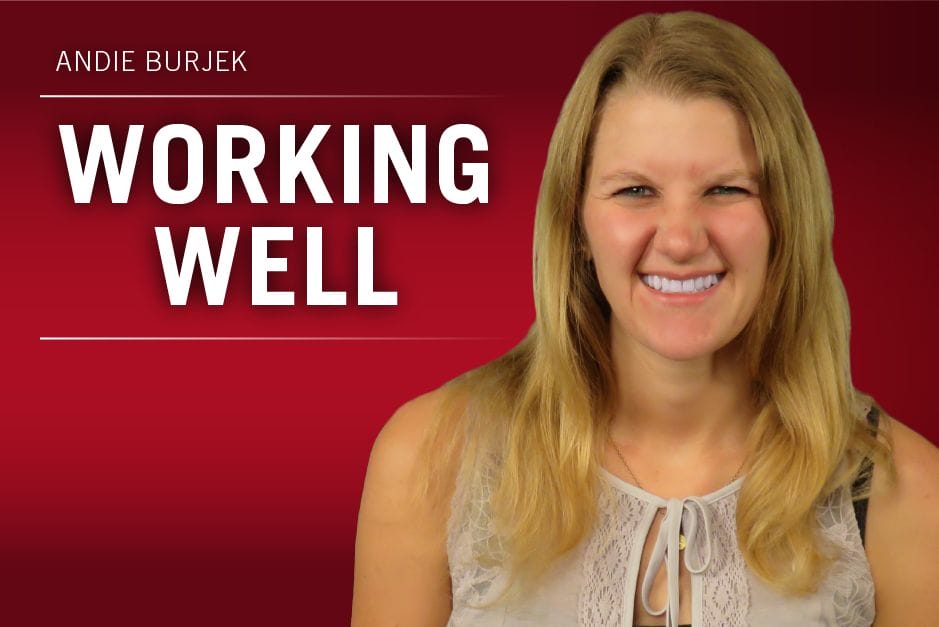Product
Solutions
Hospitality
Benefits
It’s Evident That Paid Family Leave Has Bipartisan Agreement
By Andie Burjek
Sep. 15, 2017
Between 2015 and 2017 there was a boom in the number of employers announcing paid family leave policies.
 Workforce writers have covered many angles regarding paid leave. Speaking from my own personal experience, I’ve enjoyed writing about the gender divide of leave policies. Naturally, birth mothers will get a little more time to recover physically from a birth. But any other discrepancies, such as leaving out fathers and adoptive parents from baby-bonding leave or assuming that the father isn’t the primary caregiver, is just ridiculous. Workforce employment law contributor Jon Hyman has covered that in his Practical Employer blog, as well.
Workforce writers have covered many angles regarding paid leave. Speaking from my own personal experience, I’ve enjoyed writing about the gender divide of leave policies. Naturally, birth mothers will get a little more time to recover physically from a birth. But any other discrepancies, such as leaving out fathers and adoptive parents from baby-bonding leave or assuming that the father isn’t the primary caregiver, is just ridiculous. Workforce employment law contributor Jon Hyman has covered that in his Practical Employer blog, as well.
[Related article: “Dads Are Parents, too — Baby Bonding and Sex Discrimination”]
The gender differences in paid family leave policies are significant. However, there’s another significant gap in coverage: low-wage workers vs. high-wage workers.
The nonprofit organization Paid Leave for the United States, which cleverly goes by PL+US, recently released a report titled, “The Have and the Have Nots of Paid Family Leave,” which goes into the class difference of paid family leave. It cites that 94 percent of low-income working parents have no access to paid family leave, according to the U.S. Department of Labor and U.S. Bureau of Labor Statistics. Many paid family leave policies “are only accessible for people who work in white-collar corporate jobs, leaving out hourly employees who compromise the vast majority of a company’s workforce,” stated the report.
The other major takeaway of these findings was that many of the policies of many of the country’s largest employers are unequal. They may only apply to salaried employees rather than hourly employees, or they might only apply to birth mothers rather than fathers or adoptive parents. There are some exceptions. It singled out some employers that have managed to offer paid family leave to both salaried and hourly employees,
including Ikea, Levi’s, Nordstrom, Bank of America, Chase, Apple and Hilton Hotels.

Now, of course, from a financial perspective, it makes sense for a business to be wary of offering leave to everyone, hence any inequalities in policies. But it does leave a lot to be lacking for a majority of a company’s workforce.
That’s why I enjoyed learning about the AEI-Brookings report “Paid Family and Medical Leave” through a conversation with one of its main contributors, Isabel Sawhill. She and many others formed a diversified group of conservatives and liberals to discuss paid family leave.
They came up with a suggestion for a compromised paid family leave policy, which no one was 100 percent happy with, said Sawhill. But the fact that these different people were able to agree on something was promising. Also promising? That everyone agreed we really need a paid family leave solution in this country.
I’ll go more into the meat of this conversation in a later story. The major takeaways from Sawhill was that a diverse group of people want this, any federal legislation regarding paid family leave probably won’t happen any time soon, and it has potential to happen, though, given the bipartisan support. What’s noteworthy is, like research has shown, this push for paid family leave has mostly applied to high-skill jobs. Will the same momentum trickle down to companies that employ more mid-level and low-wage workers?
From the perspective of the larger economy, more attainable and widespread paid family leave could also benefit the country as a whole. Since 2000, labor force participation rates have been declining, said Sawhill, and one possible agent for economic growth could be to better allow parents to handle work vs. family tensions.
I’m currently working on a larger feature about the U.S. paid family leave landscape for the November/December issue of Workforce, and as I do so it’s valuable to keep these discrepancies, inequalities and realities in mind.
The more I research the topic, the more it becomes obvious that most employers would like to offer paid parental leave, only certain challenges hold them back. I’ll address this in the print article. Meanwhile, my colleague Lauren Dixon, who primarily writes for Workforce’s sister publication Talent Economy, has created a 10-step guide to creating a paid parental leave policy. This could be helpful for any HR professionals looking for practical advice.
https://www.youtube.com/watch?v=YR8jBmJP-2E&t=5s
Andie Burjek is a Workforce associate editor. Comment below, or email editors@workforce.com. Follow Workforce on Twitter at @workforcenews.
Schedule, engage, and pay your staff in one system with Workforce.com.
Recommended
Compliance
Minimum Wage by State (2024)federal law, minimum wage, pay rates, state law, wage law compliance
Staffing Management
4 proven steps for tackling employee absenteeismabsence management, Employee scheduling software, predictive scheduling, shift bid, shift swapping
Time and Attendance
8 proven ways to reduce overtime & labor costs (2023)labor costs, overtime, scheduling, time tracking, work hours
